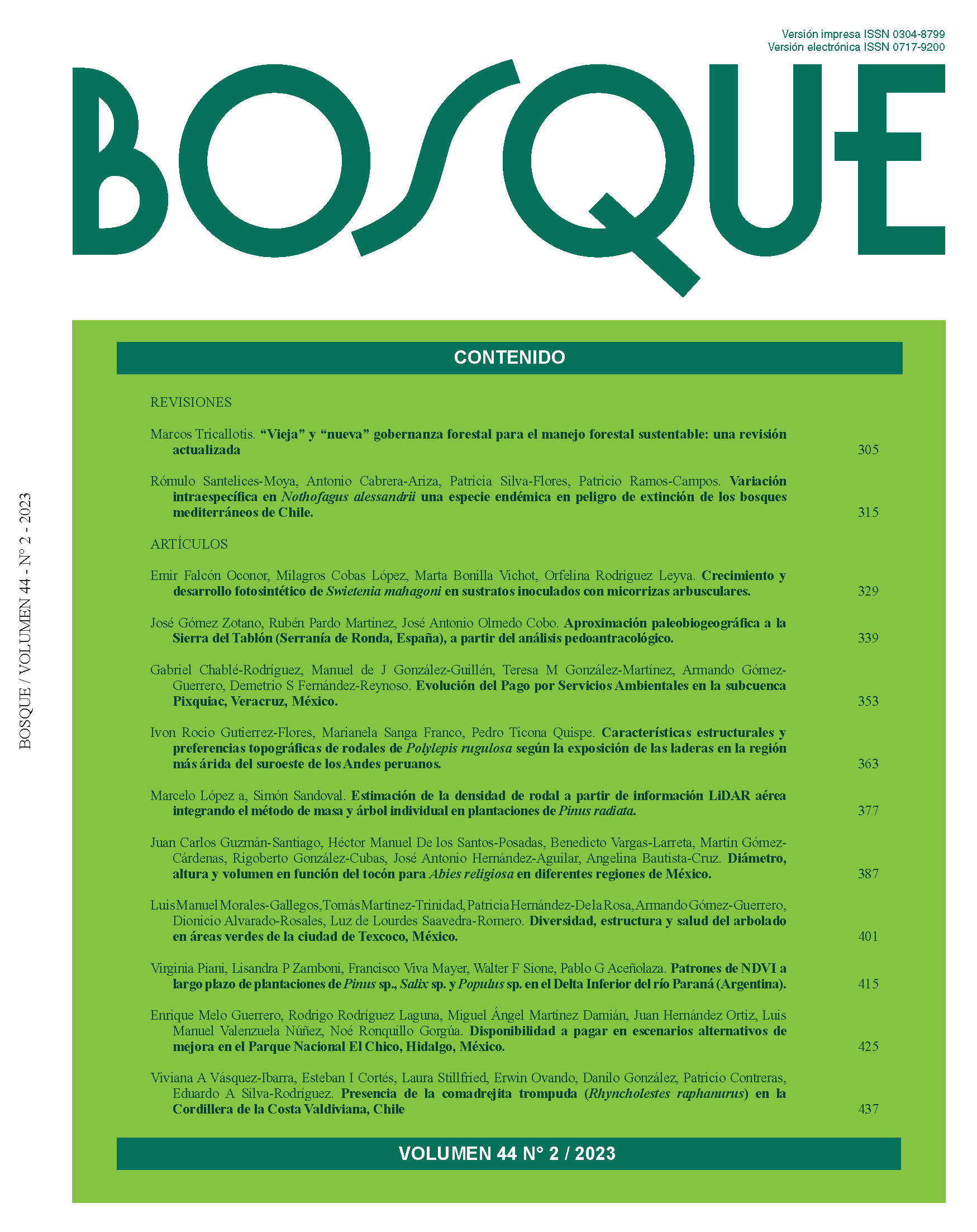A paleobiogeographical approach to the Sierra del Tablón (Serranía de Ronda, Spain) based on pedoantracological analysis
Main Article Content
Abstract
This work presents the first paleobiogeographical study of the forests of the Sierra del Tablón, one of the northernmost mountain massifs of the Serranía de Ronda (Spain) and the highest point in the province of Seville at 1,129 m a.s.l. The mesological approach is used to analyse the physical characteristics of the mountain massif (geology, geomorphology and climate). Study of past and present vegetation is also addressed, identifying the dominant plant formations and their evolution since the mid-twentieth century, with particular attention to the forest facies representative of the climax stages. Finally, the results of the pedoantracological analysis carried out in the study area are included, which enables us to delve into the dynamics of their vegetation by carrying out two pedological samples.

